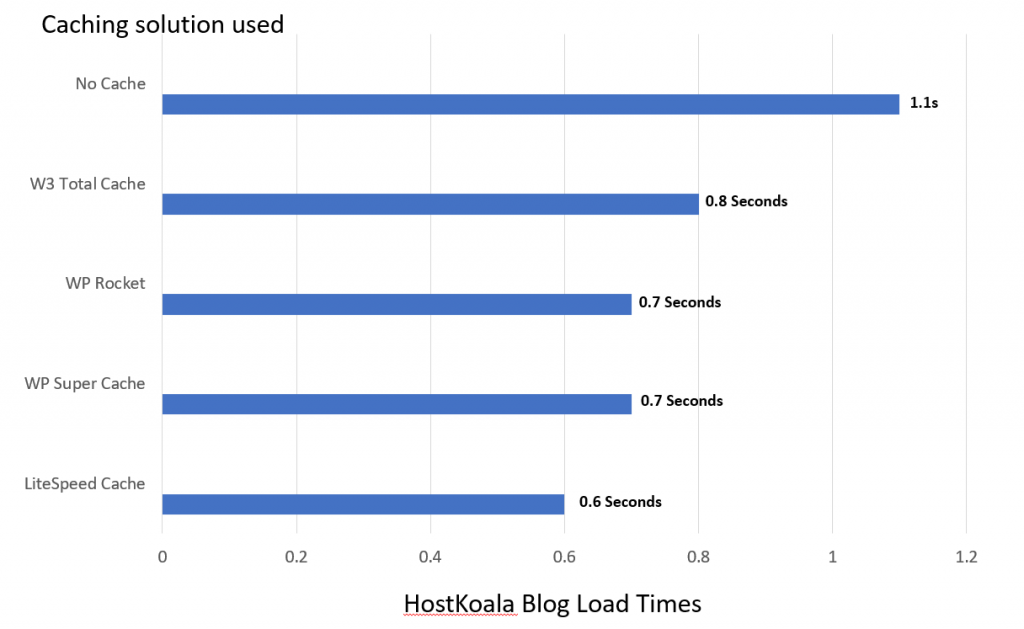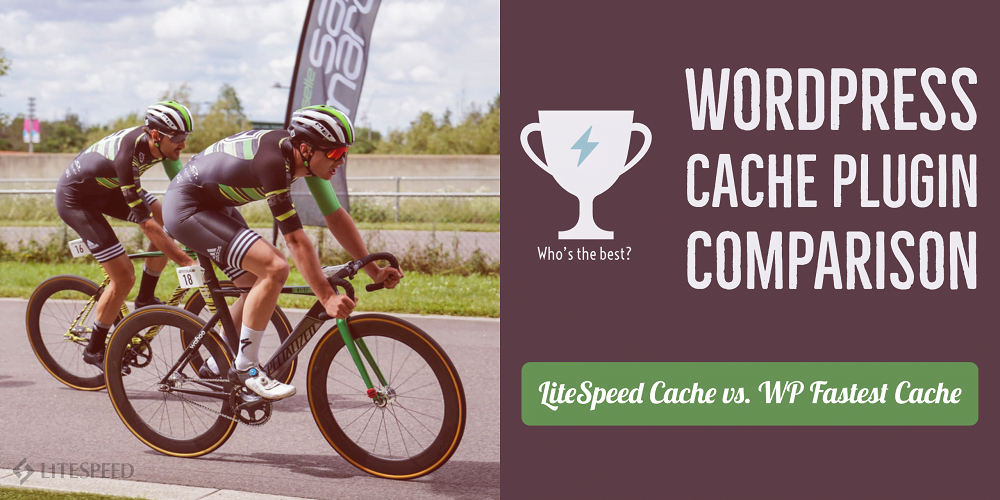The Ultimate Guide To Litespeed Cache Vs. Wp Rocket
Wiki Article
All About Litespeed Cache Vs. Wp Rocket
Table of ContentsLitespeed Cache Vs. Wp Rocket Fundamentals ExplainedTop Guidelines Of Litespeed Cache Vs. Wp RocketThe Of Litespeed Cache Vs. Wp RocketWhat Does Litespeed Cache Vs. Wp Rocket Do?Not known Details About Litespeed Cache Vs. Wp Rocket
They have a smaller sized data dimension, making them simpler to fill. That's a great trade-off if you want better packing performance.
If you're running your site on Word, Press, you're unquestionably making use of plugins and widgets to include capabilities to your site. Every plugin you mount includes a little bit of code to your web page, making it larger than it should be.
Allow's claim your web server is based in Australia, however you have several visitors from India. Rather than sending documents straight from Australia, the CDN can send out documents from a server in India, making this procedure quicker and extra reliable. Redirects are a natural part of any type of site, and there's absolutely nothing wrong with them.
The Greatest Guide To Litespeed Cache Vs. Wp Rocket
Most of the times, they will not dramatically reduce you down. Yet in the instance of redirect chains, they will. By connecting as near the final destination as possible, you stay clear of creating a lot of redirects and hence, lower your site's tons. Unsurprisingly, several of the finest resources for enhancing your website are from Google.It sums up the user experience of site visitors to your website, showing exactly how several URLs pass or fall short Core Internet Vitals and other page experience signals. Lighthouse, for Google Chrome This is one of one of the most innovative efficiency dimension tools offered and wonderful for benchmarking. Internet, Web Page, Examination This device gives a waterfall diagram of just how all the properties tons on your web site.
Do not blind on your own to scores and metrics as those numbers are not rep of all your visitors. Every customer is various. Every visitor utilizes another type of net link, tool, and browser. Discover that your users are, just how they access your site, and what they do while they exist.
Make use of the referrals to obtain begun on enhancing your page speed, but do take these with a grain of salt. They are great starting points, yet there is so much more you can do!

This will minimize latency and outcome in improvements to your page rate since it decreases any type of opportunity of a delay or the number of round journeys created.
The Basic Principles Of Litespeed Cache Vs. Wp Rocket
As websites technology, like the growth and vast usage of Java, Manuscript collections, has progressed gradually, using this innovation has actually been solidified by the speed, or data transfer, of Net connections and the processing and memory resources of devices. Simply put: the extra information and sources the server sends to the browser, the longer it requires to provide the "package" across a web connection and the slower the page will be visually made in the web internet browser and become usable.
This is so when a visitor visits this website again, it doesn't have to refill the whole page. This benefits web page speed, as this saves on time spent sending multiple HTTP demands to the server. A fringe benefit is the decrease of bandwidth and as look at this now a result the overall price of holding your site.
This will minimize latency and outcome in improvements to your page rate due to the fact that it decreases any opportunity of a delay or the number of round trips generated.
As websites technology, like the growth and broad usage of Java, Script libraries, has actually advanced with time, using this modern technology has been solidified by the speed, or transmission capacity, of Internet links and the processing and memory resources of tools. In other words: the much more information and sources the web server sends to the browser, the longer it requires to supply the "package" throughout an internet link and the slower the web page will certainly be aesthetically provided in the internet browser and become usable.
Web page rate influences traffic throughout all networks and sources, yet given that Google has actually led innovations in utilizing click page rate in internet search ranking formulas, decreasing latency has ended up being a core component of search engine optimization. While anything that adds time to the web page providing procedure is a page speed aspect, there are several concerns that are most typical: The time in between when the individual or browser requests the page and the initial feedback from the web server is understood as the web server reaction time, additionally gauged as Time To First Byte (TTFB), or the time at which the web server sends the first information that the internet browser can utilize to construct and render the page.
Report this wiki page